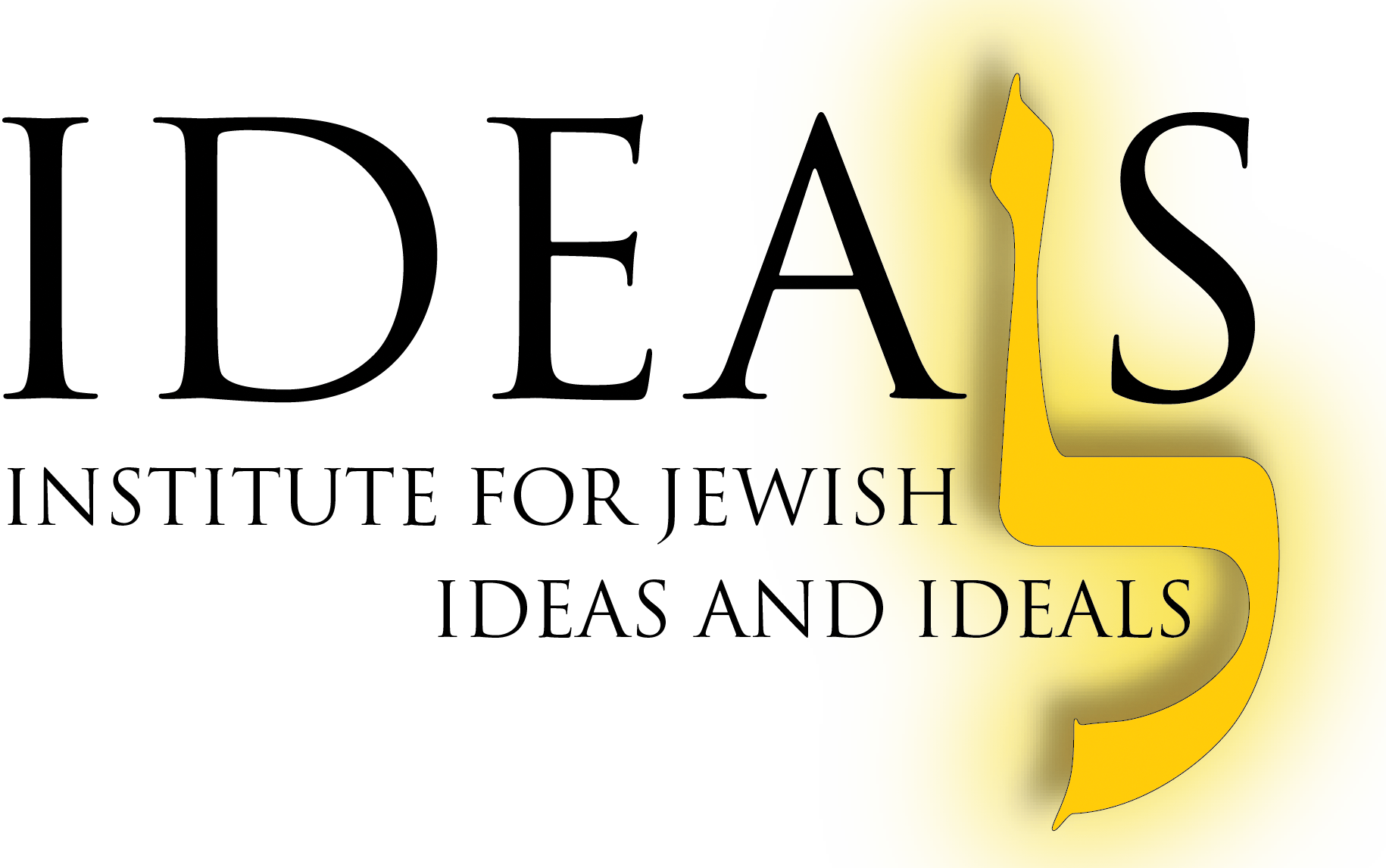Themes of Shabbat: Thoughts for Parashat Vayakhel, February 22, 2014
This week’s Parasha begins with Moses gathering the people of Israel and reminding them of the sanctity of the Sabbath. As they are busy with the construction of the Mishkan (sanctuary), they are not to lose sight of the overarching lessons of Shabbat.
The holiness of Shabbat is not observable objectively. Unlike Rosh Hodesh or the seasonal festivals, there is no clear pattern in the natural world which would indicate that the seventh day of each week should be sacred. There is no scientifically observable difference between time on the Sabbath and time on any other day of the week. Shabbat is sacred and special only to those who are spiritually attuned to its sanctity.
